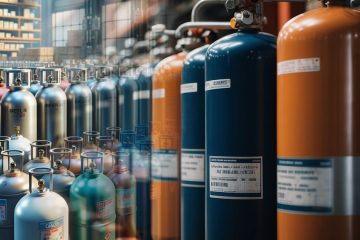Chlorine tablets are a staple for pool owners. But most people use them wrong, without knowing it. And it’s costing more than money. Poor water quality, frequent algae blooms, and wasted effort are all results of poor use of water.
Let’s explore the most common mistakes and their fix.
1. Dropping tablets straight into the pool
Don’t toss chlorine tablets directly into the water. They sink and bleach your liner. That’s permanent damage. Rather, use tools like a floating dispenser or an in-line chlorinator to help the tablets dissolve evenly.
2. Using too many tablets at once
More tablets only mean higher chlorine levels, which could result in irritated skin and eyes.
The pool size determines the correct number of chlorine tablets to use. On average:
- 1 tablet per 5,000 gallons of water, replaced weekly
3. Ignoring water pH and stabilizer levels
If the PH is off, the tablets will not work well. Aim for 7.2–7.6. Anything above or below weakens its effect.
Also check stabilizer (cyanuric acid) levels. Tablets often contain it. Too much locks chlorine, making it useless. Keep stabilizer under 50 ppm.
4. Storing tablets the wrong way
The tablets should be stored in a cool, dry spot in a sealed container; away from heat, moisture, and other pool chemicals.
5. Expecting tablets to do all the work
Chlorine tablets sanitize, but they don’t do everything. You still need to:
- Skim debris
- Brush walls
- Vacuum the pool
- Shock weekly or after heavy use
Tablets handle day-to-day sanitation. But full pool care needs a routine.
6. Using tablets in pools with poor circulation
If your pool water isn’t moving, tablets won’t distribute well. Stagnant spots get no chlorine. Algae loves that.
Run your pump at least 8 hours a day. Make sure the water is circulating across the whole pool.
7. Buying low-quality tablets
Cheap tablets dissolve unevenly. Some crumble too fast, others leave chunks behind. Either way, you’re not getting consistent chlorine levels.
Look for quality brands when you buy pool chlorine tablets. Read labels. You want tablets that are 99% trichlor and free from fillers.
8. Using tablets in spas or small kiddie pools
Don’t. Tablets are too strong for small volumes of water. Use liquid chlorine or spa-specific sanitizers instead.
9. Relying only on tablet feeders in big pools
Having a large pool means feeders alone might not be enough for it. In hot weather or heavy use, chlorine demand rises. You may need to supplement with liquid chlorine or shocks.
The fix: Be consistent, not careless
Sticking to a routine equals more time and more money saved. Test water weekly. Keep the pH balance. Choose good products. Use the right tools.
If you are looking for options that last long, swimming pool chlorine tablets are still a smart pick. But only when used precisely.
Get the most out of your chlorine. And stop wasting what keeps your pool clean.



